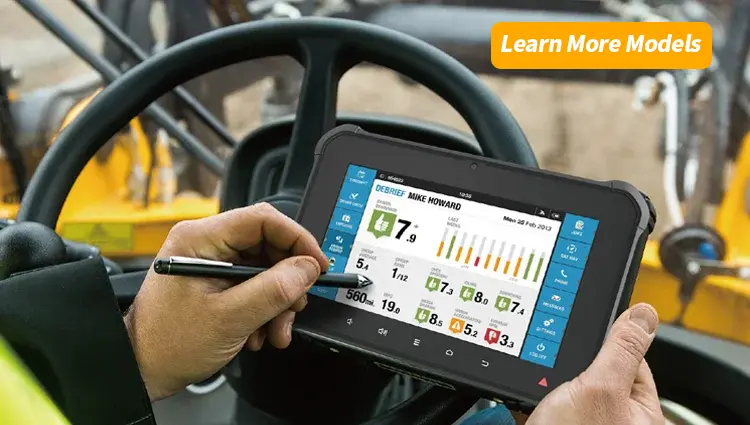Industrial Embedded Computer: Complete Guide to Selection and Implementation
- What Makes Industrial Embedded Computers Different
- Core Applications Driving Industry Adoption
- Technical Specifications That Matter
- Environmental Hardening and Certifications
- Selecting the Right Industrial Embedded Computer
- Installation Best Practices
- Maintenance and Lifecycle Management
- Emerging Trends and Future Directions
- Making the Investment Decision
Industrial embedded computers have become the backbone of modern manufacturing, automation, and mission-critical operations. These specialized computing systems differ significantly from consumer-grade computers, designed specifically to withstand harsh environments while delivering consistent performance over extended periods.
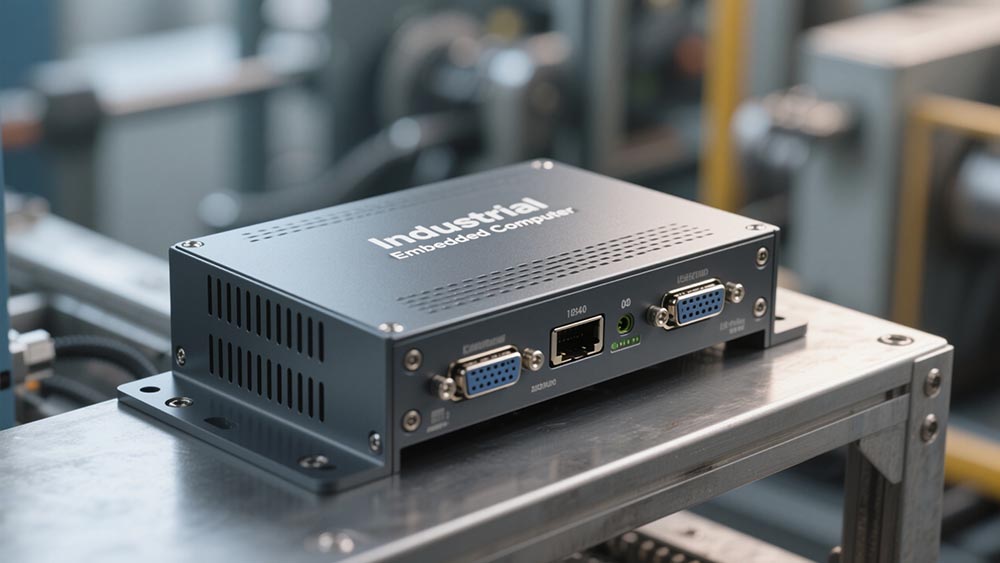
What Makes Industrial Embedded Computers Different
Unlike traditional desktop computers sitting in climate-controlled offices, industrial embedded computers operate in challenging conditions. They face extreme temperatures, dust, moisture, vibration, and electromagnetic interference daily. Manufacturing facilities, oil refineries, transportation systems, and outdoor installations all demand computing hardware that won’t fail when conditions get tough.
The architecture of these systems reflects their demanding applications. Fanless cooling designs eliminate moving parts that could collect dust or break down. Solid-state storage replaces mechanical hard drives prone to failure from vibration. Wide-temperature components function reliably from -40°C to 85°C. Ruggedized enclosures meet IP65 or higher ratings, protecting sensitive electronics from water and particle ingress.
Core Applications Driving Industry Adoption
Manufacturing automation represents the largest deployment area for industrial embedded computers. These systems run programmable logic controllers (PLCs), coordinate robotic assembly lines, and manage quality control systems. Real-time processing capabilities allow split-second decisions that keep production lines moving efficiently.
Transportation infrastructure increasingly relies on embedded computing. Railway signaling systems, traffic management networks, and fleet monitoring solutions all depend on computers that operate continuously without maintenance windows. A railway operator in Europe recently shared how their embedded systems have achieved 99.97% uptime over five years, demonstrating the reliability these applications demand.
Energy sector applications push embedded computers to their limits. Oil and gas operations use these systems in remote locations where technician visits cost thousands of dollars. Wind farms deploy embedded computers in turbine nacelles, where they monitor performance and optimize energy generation. Power grid management systems coordinate distribution across entire regions, requiring computing infrastructure that never fails.
Technical Specifications That Matter
Processor selection impacts both performance and longevity. Intel Atom and Core processors dominate the market, offering extended lifecycle support that consumer chips lack. When a manufacturer designs equipment with a 10-year expected lifespan, they need assurance that replacement processors will remain available. ARM-based solutions gain traction in lower-power applications where thermal management presents challenges.
Memory and storage configurations require careful consideration. Industrial-grade DDR4 RAM with error correction code (ECC) prevents data corruption that could cause system crashes. Storage options now include industrial SSD and eMMC solutions rated for millions of write cycles. Some applications require conformal coating on memory modules, protecting against moisture and chemical exposure.
Connectivity options determine how embedded computers integrate into existing infrastructure. Legacy serial ports (RS-232, RS-485) remain essential for connecting to older equipment. Modern Ethernet interfaces support Power over Ethernet (PoE), reducing installation complexity. Wireless options including Wi-Fi 6 and 4G/5G cellular enable remote deployments. One water treatment facility eliminated 12 miles of cable by switching to wireless-enabled embedded computers at their remote pump stations.
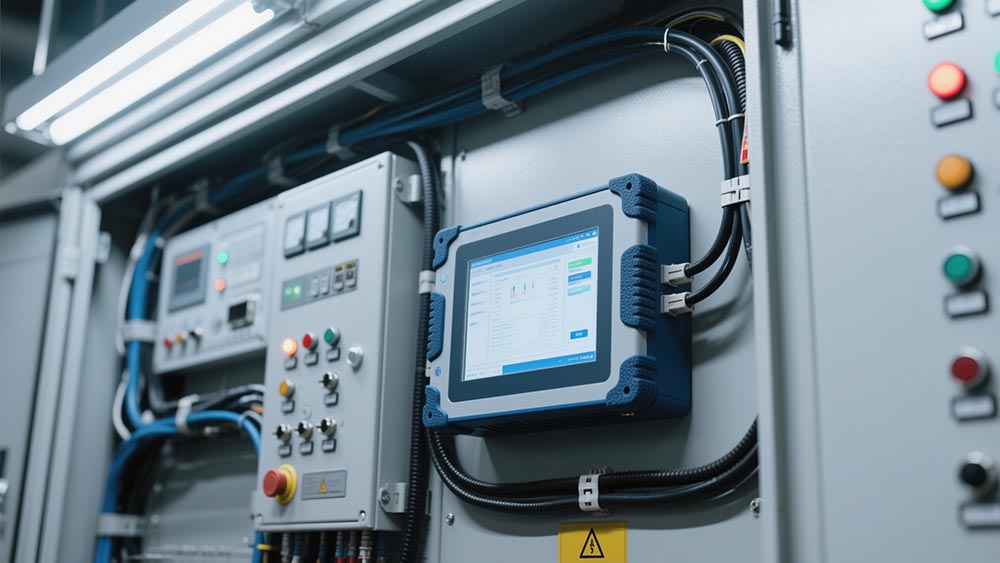
Environmental Hardening and Certifications
Industrial certifications validate that embedded computers meet specific standards. CE marking confirms European safety requirements. UL certification demonstrates compliance with North American electrical safety standards. ATEX and IECEx certifications allow deployment in explosive atmospheres like chemical plants or grain storage facilities.
Vibration and shock resistance separate industrial systems from commercial ones. MIL-STD-810G testing subjects computers to extreme shock events. IEC 60068 standards verify resistance to continuous vibration. These specifications aren’t marketing fluff—they represent real-world conditions that would destroy consumer hardware within weeks.
Electromagnetic compatibility (EMC) prevents interference with sensitive equipment. Industrial environments contain motor drives, welding equipment, and high-power electrical systems that generate electromagnetic noise. Proper EMC design ensures embedded computers neither cause interference nor suffer from it. A medical device manufacturer learned this lesson when their early embedded systems disrupted MRI machines, requiring costly redesigns.
Selecting the Right Industrial Embedded Computer
Application requirements drive selection decisions. Start by defining environmental conditions: temperature range, humidity, vibration levels, and potential contaminants. A food processing plant faces different challenges than an outdoor telecommunications cabinet. Document these parameters before evaluating products.
Performance needs vary dramatically by application. Machine vision systems processing high-resolution images need powerful multi-core processors and dedicated GPUs. Simple data acquisition might run adequately on lower-power processors. Overspecifying wastes budget; underspecifying leads to performance issues that become apparent only after deployment.
Expansion capabilities ensure future flexibility. Some applications start simple but grow more complex. I/O expansion slots, additional PCIe slots, or modular designs allow adding capabilities without replacing entire systems. A packaging company recently shared how their modular embedded computers let them add vision inspection capabilities two years after initial deployment, avoiding a complete system replacement.
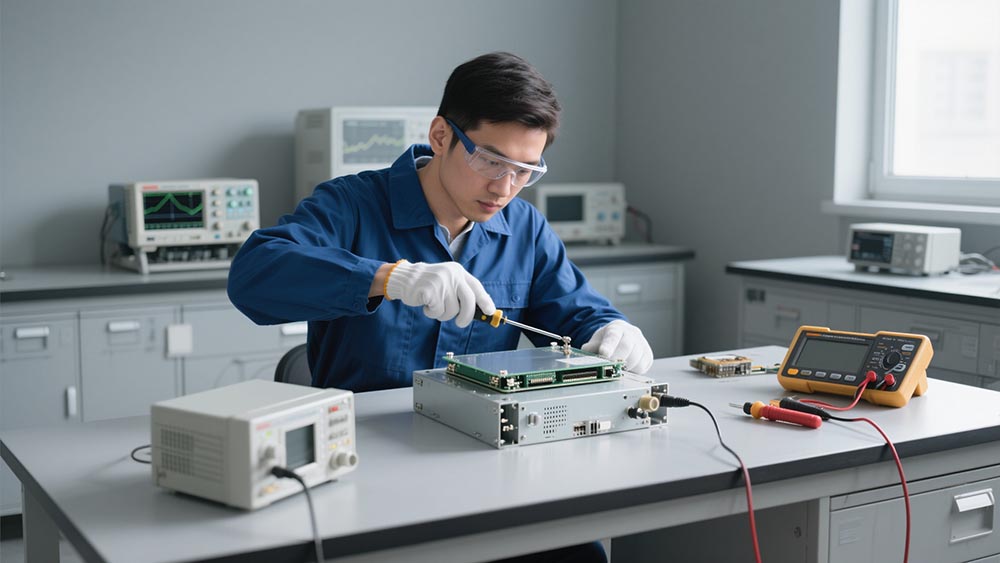
Installation Best Practices
Mounting orientation affects thermal performance. Most industrial embedded computers operate in any orientation, but heat dissipation works best with proper positioning. Wall-mounting keeps computers away from floor-level contaminants. DIN rail mounting simplifies installation in electrical cabinets. Panel mounting provides clean integration into control stations.
Power supply considerations extend beyond voltage requirements. Industrial environments suffer power quality issues: voltage spikes, sags, and transients that damage electronics. Many industrial embedded computers include wide-range inputs (9-36VDC typical) with built-in surge protection. Some applications require redundant power inputs for critical operations.
Cable management prevents failures. Industrial settings subject cables to mechanical stress, chemical exposure, and temperature extremes. Proper strain relief, industrial connectors, and cable routing protect connections. I’ve seen systems fail not because of computer issues but because vibration wore through poorly-secured cables.
Maintenance and Lifecycle Management
Preventive maintenance extends system life. Even fanless designs benefit from periodic inspection. Check mounting hardware for loosening from vibration. Inspect cable connections for corrosion. Clean accumulated dust from ventilation openings. Many operators schedule annual inspections, preventing small issues from becoming system failures.
Firmware and software updates require careful planning. Unlike consumer devices that update automatically, industrial systems need controlled update processes. Test updates in non-production environments first. Schedule updates during maintenance windows. Maintain rollback capabilities if updates cause problems. A beverage manufacturer lost three production days when an untested BIOS update caused boot failures across their facility.
Long-term availability matters for spare parts and replacements. Reputable industrial computer manufacturers guarantee product availability for 5-10 years or longer. They provide migration paths when discontinuation becomes necessary. This lifecycle management prevents situations where a single failed computer shuts down an entire production line because replacements no longer exist.
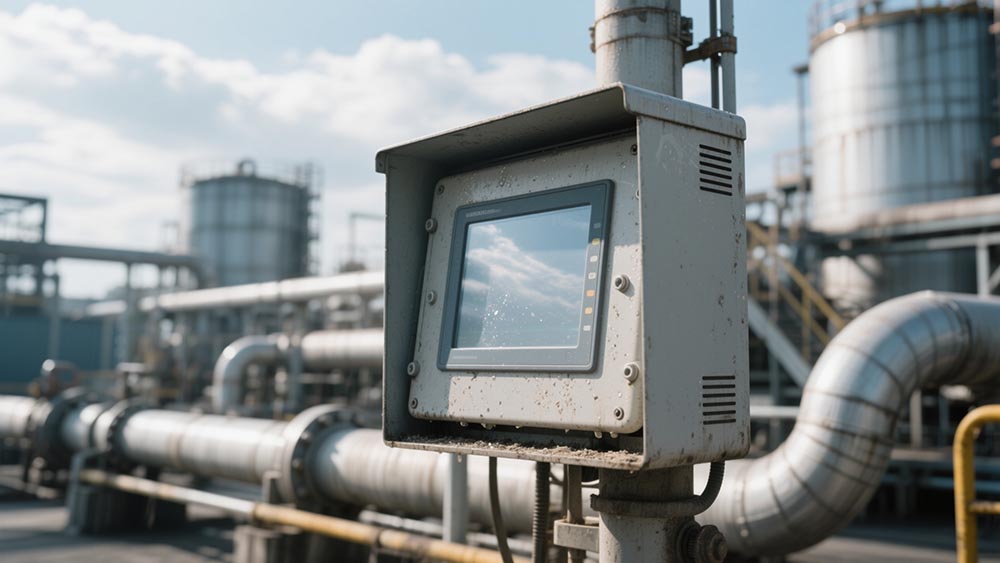
Emerging Trends and Future Directions
Edge computing pushes more processing into industrial embedded computers. Rather than sending raw data to cloud servers, these systems now run analytics locally. This reduces latency, lowers bandwidth costs, and maintains operation during network outages. A mining operation in Australia processes sensor data from 300 vehicles locally, uploading only summary statistics to their central office.
Artificial intelligence capabilities arrive in industrial embedded computers. Specialized processors like Intel Movidius or NVIDIA Jetson modules enable real-time image recognition and predictive maintenance. These AI-enhanced systems detect defects, predict equipment failures, and optimize processes without cloud connectivity.
Cybersecurity becomes increasingly critical. As industrial systems connect to networks, they face the same threats as IT infrastructure. Modern industrial embedded computers include trusted platform modules (TPM), secure boot capabilities, and encrypted storage. Regular security updates now rank alongside traditional reliability concerns.
Making the Investment Decision
Cost analysis must consider total cost of ownership, not just purchase price. A cheaper consumer-grade system might cost less initially, but frequent failures and replacements quickly exceed the cost of proper industrial hardware. Calculate downtime costs, maintenance expenses, and expected lifespan when comparing options.
Vendor support and expertise significantly impact success. Manufacturers with application engineers who understand your industry provide valuable guidance. Technical support that responds quickly prevents extended downtime. Some vendors offer custom configurations for unique requirements, delivering exactly what applications need.
Proof of concept testing validates decisions before full deployment. Many manufacturers provide evaluation units or demo programs. Test with actual application software and environmental conditions. Involve the technicians who will maintain these systems in evaluation—their insights often reveal practical considerations that specifications don’t capture.


